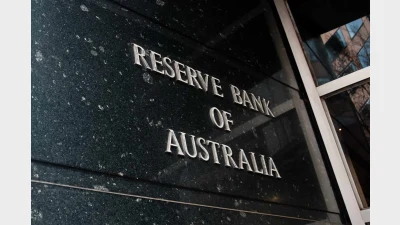APRA on heat maps – listening but not consulting



The Australian Prudential Regulation Authority (APRA) has confirmed it will not be formally consulting with the industry on its controversial heat map proposal attaching to its member outcomes initiative.
APRA deputy chair, Helen Rowell has told Senate Estimates that there would be no formal consultation because the data the regulator is using is already in the public domain.
“We have data that is substantially already in the public domain. We are presenting that data in a different way, so we will be releasing that data,” she said. “We are briefing industry bodies and the industry more broadly and other stakeholders on what we're doing ahead of the release, but we are not formally consulting.”
Rowell was responding to questioning from NSW Labor Senator, Jenny McAllister, who said she was concerned that APRA was picking particular data points to put into the heat maps, but that those data points were being selected in the absence of benchmarks having been set.
However, Rowell claimed the absence of benchmarks would not necessarily create an issue.
“At the end of the day the benchmarks that are specified in the legislation are a matter for Treasury and the government. One of the reasons for us liaising and discussing benchmarks with Treasury is to seek convergence and alignment where we can,” she said.
“Having said that, I think it is important to understand that our heat maps are deliberately presenting multiple performance measures in all of the categories that we're reporting, because, as we have said on many occasions, in assessing performance you need to look at a number of different measures over different time periods to get a complete assessment of the performance of products, funds and what trustees are delivering.
“In that sense, the fact that there may be a different measure prescribed in regulation, which is in addition to the measures that APRA is publishing, is not necessarily an issue from our point of view. It will just provide a different lens on performance,” Rowell said.
She said that while APRA was open to feedback she believed “it is our call as to how we publish our data and the information that we present, and this is not a policy consultation”.
Recommended for you
Superannuation funds have posted another year of strong returns, but this time, the gains weren’t powered solely by Silicon Valley.
Australia’s $4.1 trillion superannuation system is doing more than funding retirements – it’s quietly fuelling the nation’s productivity, lifting GDP, and adding thousands to workers’ pay packets, according to new analysis from the Association of Superannuation Funds of Australia (ASFA).
Large superannuation accounts may need to find funds outside their accounts or take the extreme step of selling non-liquid assets under the proposed $3 million super tax legislation, according to new analysis from ANU.
Economists have been left scrambling to recalibrate after the Reserve Bank wrong-footed markets on Tuesday, holding the cash rate steady despite widespread expectations of a cut.









